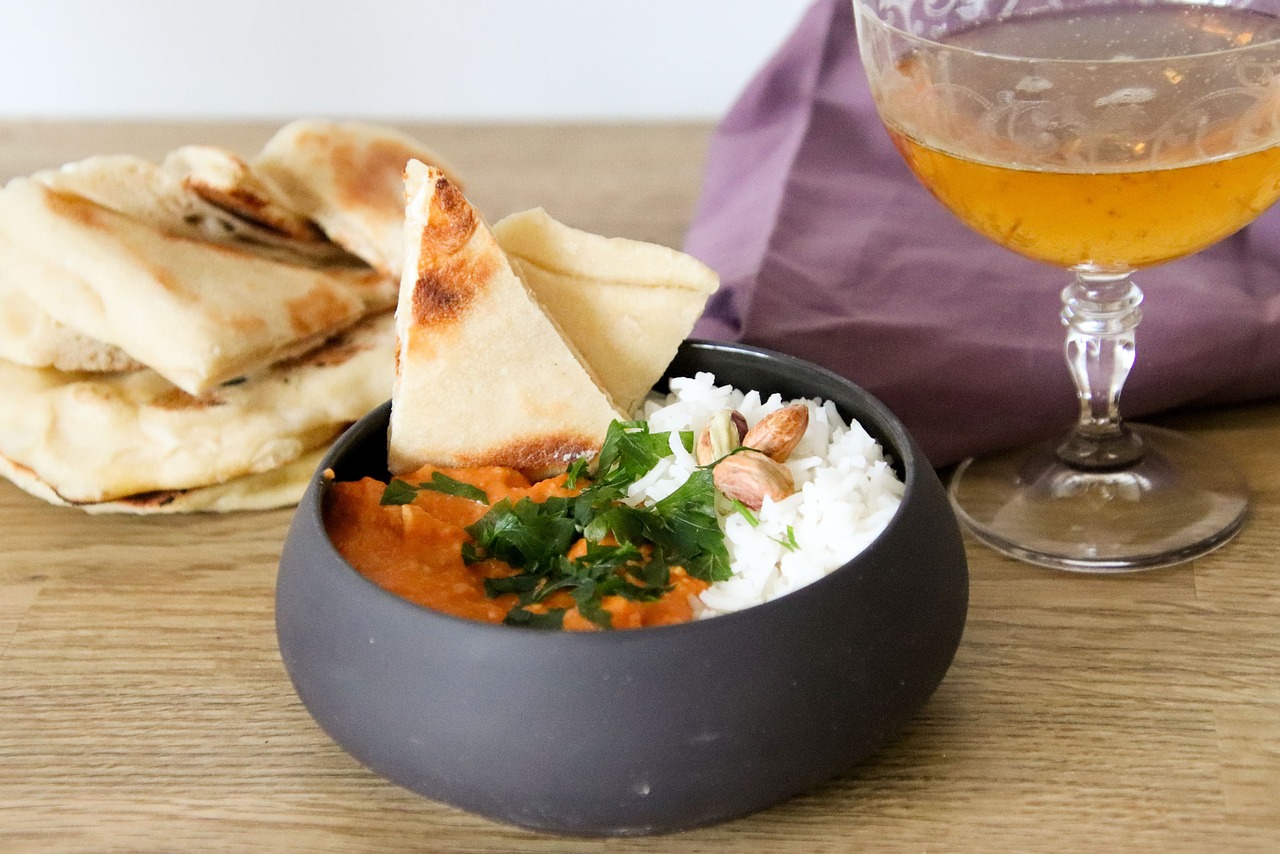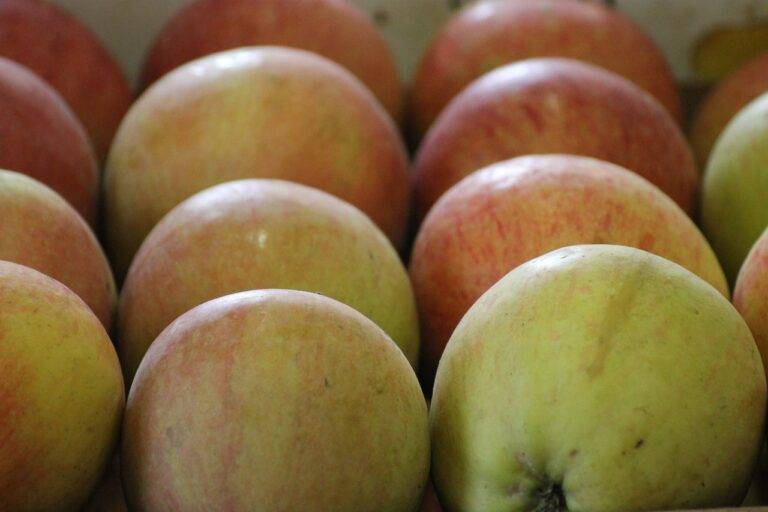Culinary Tourism: Exploring Destinations Through Food.
Culinary tourism has seen a significant rise in popularity in recent years as more people seek unique and immersive travel experiences. Food plays a crucial role in shaping a destination’s cultural identity, offering travelers a deeper understanding of a place through its traditional dishes and local flavors.
Exploring the culinary landscape of a new destination allows travelers to engage with locals, learn about their customs, and create lasting memories through shared meals and experiences. The sensory experience of tasting unfamiliar flavors and aromas can evoke a sense of nostalgia or curiosity, providing a gateway into a culture’s history and traditions.
The Impact of Food on Cultural Identity
Food plays a vital role in shaping cultural identity, serving as a medium through which traditions, heritage, and values are preserved and passed down from one generation to the next. The unique flavors, cooking techniques, and ingredients found in traditional dishes are reflective of the history, geography, and societal norms of a particular region or community.
Through the act of food preparation and consumption, individuals not only connect with their own cultural roots but also develop a sense of belonging and pride in their heritage. The shared experience of enjoying a meal together not only fosters unity and strengthens social bonds but also provides a platform for storytelling and the sharing of memories and experiences that are deeply ingrained in a community’s collective consciousness.
Exploring Unique Food Markets Around the World
When it comes to experiencing the heart and soul of a culture, visiting local food markets is an absolute must. These vibrant hubs offer a kaleidoscope of sights, smells, and tastes that provide a fascinating glimpse into the culinary traditions of a region. From the bustling streets of Marrakech’s Jemaa el-Fnaa market in Morocco to the colorful stalls of La Boqueria in Barcelona, food markets around the world serve as veritable treasure troves for food enthusiasts and curious travelers alike.
One of the most striking aspects of these markets is the sheer diversity of ingredients on display. Fresh fruits and vegetables, aromatic spices, exotic meats, and artisanal cheeses are just a sampling of the culinary delights awaiting visitors. The lively interactions between vendors and customers, the calls of street food vendors enticing passersby, and the communal atmosphere all come together to create an unforgettable sensory experience that embodies the essence of a culture’s gastronomic identity.
What is culinary tourism?
Culinary tourism is the act of traveling to different destinations to experience the local cuisine and food culture.
Why is culinary tourism a growing trend?
Culinary tourism is a growing trend because people are becoming more interested in exploring new foods and flavors from around the world. It allows travelers to immerse themselves in the local culture and traditions through food.
How does food impact cultural identity?
Food plays a significant role in shaping cultural identity as it reflects the history, traditions, and values of a particular group of people. It is often a way for communities to come together and celebrate their heritage.
Can you give examples of unique food markets around the world?
Some examples of unique food markets around the world include Tsukiji Fish Market in Tokyo, La Boqueria in Barcelona, Mercado de San Miguel in Madrid, and Borough Market in London. Each of these markets offers a diverse range of fresh produce, local delicacies, and unique culinary experiences for visitors to enjoy.







